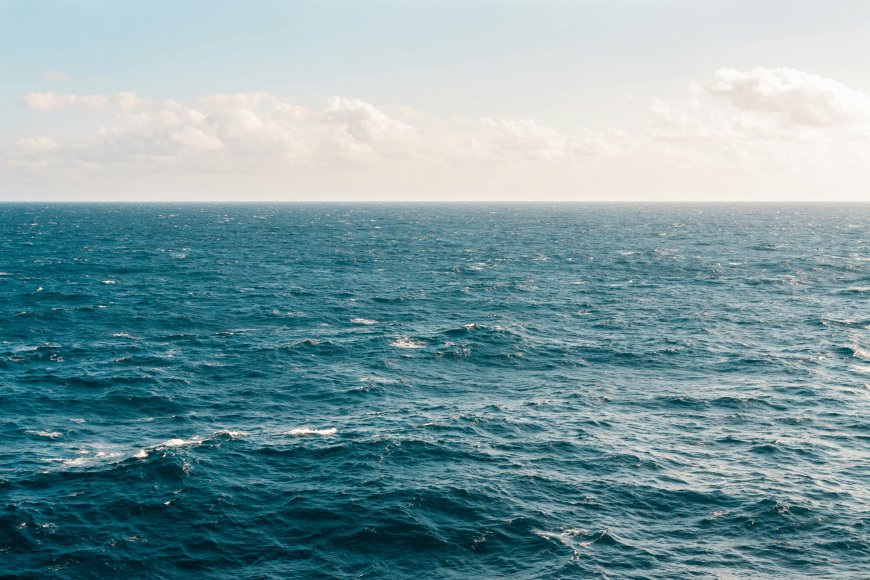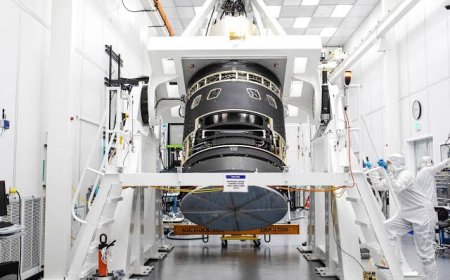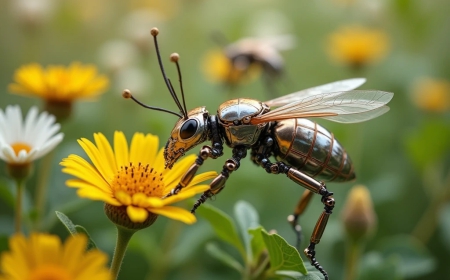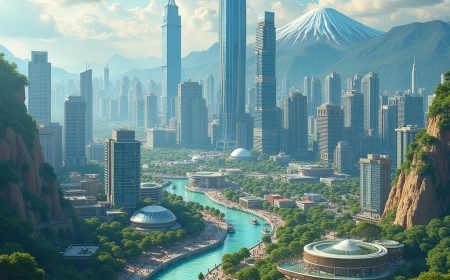The color of sea water is gradually changing
The color of the sea is changing in the last 20 years.

The coior of the ocean has changed significantly . More than 56 percent of the ocean is doing. Which is more than the land area of our planet.
The color of Earth's oceans has changed significantly over the past two decades, and these shifts are the result of human-driven climate change. They cannot be explained by natural variability alone and have affected over 56 percent of our planet's oceans, an expanse larger than the total area of land on our planet.
The color of Earth's oceans are a reflection of the organisms and minerals that lie within its waters. This means, though these color variations may appear subtle to the human eye, they undoubtedly indicate that marine ecosystems are in flux. Although what specific changes are occurring in these ecosystems aren't totally clear as of yet, the team behind the findings is certain human activity and its effects on climate are the cause.
"I've been running simulations that have been telling me for years that these changes in ocean color are going to happen," Stephanie Dutkiewicz, study co-author and senior research scientist from Massachusetts Institute of Technology's Department of Earth, Atmospheric and Planetary Sciences and the Center for Global Change Science, said in a statement. "To actually see it happening for real is not surprising, but frightening. And these changes are consistent with man-induced changes to our climate."
The color of the ocean can be used as a gauge to assess what dwells in its upper layers. Deep blue waters, for instance, indicate an absence of life while green waters indicate the presence of plant-like microbes called phytoplankton that contain the green pigment chlorophyll.
Phytoplankton harvest sunlight and use carbon dioxide to create sugars via photosynthesis, thus forming the foundation of the oceanic food web. They're fed on by small creatures, like krill, which feed larger fish, which in turn feed seabirds and marine mammals.
Photosynthesis means that phytoplankton capture or fix carbon dioxide from the atmosphere. Carbon dioxide is the main greenhouse gas. Scientists observe phytoplankton throughout the ocean.
This is traditionally done by monitoring that green pigment, chlorophyll, which helps phytoplankton and plants harvest sunlight. Changes in chlorophyll can be seen in the ratio of blue versus green light reflected on the ocean surface, a balance that can be tracked with spaceborne satellites.
However, determining a climate change-driven trend solely through changes in chlorophyll would take some 30 years, experts say. So in 2019, scientists determined that by tracking smaller variations of other ocean colors as well they could cut a chunk of time off that figure to spot signals of climate change with just 20 years of monitoring.
"I thought, doesn't it make sense to look for a trend in all these other colors, rather than in chlorophyll alone?" B.B. Cael, lead author of the research and National Oceanography Center scientist, said. "It's worth looking at the whole spectrum rather than just trying to estimate one number from bits of the spectrum.
"This gives additional evidence of how human activities are affecting life on Earth over a huge spatial extent."














































